Mastering Classic Car Auto Body Panel Replacement
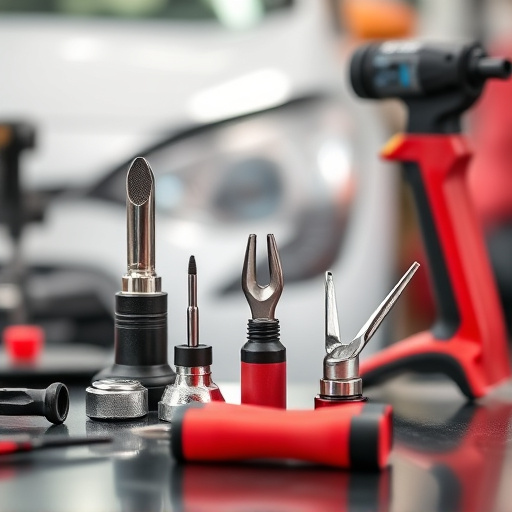
Auto body panel replacement for classic cars is a meticulous process focusing on historical integrit…….
Auto body panel replacement, a pivotal aspect of modern automotive maintenance and repair, involves the process of replacing damaged or deteriorated exterior panels on vehicles with new ones that match both the aesthetic and structural integrity of the original parts. This intricate procedure is not just about aesthetics; it’s a critical component of vehicle safety, resale value, and environmental sustainability. In this comprehensive article, we will embark on a journey through every facet of auto body panel replacement, from its foundational concepts to cutting-edge technologies, global implications, and future prospects. By the end, readers will have a thorough understanding of this dynamic field and its profound impact on the automotive landscape.
Auto body panel replacement is a specialized process that caters to various vehicle components, including doors, fenders, hoods, trunks, and even complete body shells. These panels are typically made of steel, aluminum, or composite materials, each offering unique advantages in terms of durability, weight, and corrosion resistance. The core components involved in this process include:
The concept of auto body panel replacement has evolved significantly over the years, mirroring advancements in automotive manufacturing and repair technologies. Historically, replacing car bodies was a complex, time-consuming process involving extensive welding and manual labor. However, with the advent of modern materials and techniques, the procedure has become more precise, efficient, and accessible. Today, auto body panel replacement is a critical service that:
Auto body panel replacement is a global phenomenon, with varying degrees of adoption and unique regional trends. Here’s an overview:
| Region | Trends | Key Players |
|---|---|---|
| North America | Advanced technology integration, such as automated robotic welding and precision laser cutting for faster, more accurate panel replacement. | Leading repair chains like AutoZone and O’Reilly Auto Parts, along with specialized body shop networks. |
| Europe | Emphasis on lightweight materials to reduce vehicle weight and improve fuel efficiency, with aluminum and composite panels gaining popularity. | Germany’s CAR-O-LINE and France’s SORAMEN are notable for their expertise in panel replacement. |
| Asia Pacific | Rapid growth driven by rising vehicle ownership and stringent safety regulations, particularly in Japan and South Korea. | Local giants like Japan’s Nippon Paint and South Korea’s Hansol Corporation play significant roles in both manufacturing and repair. |
| Latin America | Increasing adoption of advanced technologies due to growing awareness and investment in automotive infrastructure. | Brazil’s MABRIL and Mexico’s Grupo GIA are leaders in the region, offering cutting-edge solutions. |
These regional trends highlight the dynamic nature of the auto body panel replacement industry, influenced by factors like local manufacturing capabilities, consumer preferences, and government regulations.
The global market for auto body panel replacement is substantial and growing, driven by several economic factors:
The industry attracts significant investments from various stakeholders:
Auto body panel replacement has witnessed remarkable technological leaps in recent years, revolutionizing the process:
These technological advancements not only streamline the replacement process but also improve the quality and longevity of vehicle repairs.
Government policies and regulations play a pivotal role in shaping the auto body panel replacement industry:
Despite its numerous advantages, auto body panel replacement faces several challenges:
After the devastating 2011 Tōhoku earthquake in Japan, many vehicles were heavily damaged or destroyed. The country’s robust auto repair industry swiftly mobilized, employing advanced body panel replacement techniques to restore a significant number of vehicles to their pre-disaster condition. This case study exemplifies the industry’s adaptability and ability to handle large-scale restoration projects efficiently.
Germany has an efficient system for auto body panel replacement, heavily influenced by its robust insurance sector. Insurance companies work closely with repair shops, offering direct billing options and incentivizing the use of original equipment manufacturer (OEM) parts. This collaboration ensures fast turnaround times, high-quality repairs, and customer satisfaction, setting a benchmark for industry best practices.
In the United States, some auto body shops have embraced technology to streamline operations. For instance, a shop in California has implemented an AI-powered inspection system that analyzes damage with remarkable accuracy, reducing the time spent on manual assessments and minimizing human error. This case highlights how technology can enhance efficiency and consistency in panel replacement processes.
The future of auto body panel replacement is promising, shaped by emerging technologies, evolving consumer demands, and global trends:
Auto body panel replacement is a dynamic and evolving field that plays a crucial role in the automotive industry’s overall health and sustainability. From its foundational techniques to cutting-edge technologies, this process has come a long way, ensuring safer, more efficient, and environmentally friendly repairs. As the global automotive landscape continues to evolve, so too will the demand for skilled technicians and innovative solutions in auto body panel replacement.
Q: How do I know if my vehicle needs body panel replacement?
A: Signs of damage, such as dents, cracks, or rust spots, can indicate the need for body panel replacement. If the damage affects structural integrity or aesthetics, it’s best to consult a professional for an assessment.
Q: Is it more expensive to replace a panel with a custom-fitted part vs. using an OEM (original equipment manufacturer) part?
A: It can vary. Custom-fitted parts may offer better fit and finish but are often pricier than aftermarket or used OEM parts, which can be more cost-effective. The choice depends on budget, vehicle model, and desired quality.
Q: Can body panel replacement improve a vehicle’s resale value?
A: Absolutely! A well-maintained exterior with no visible damage significantly enhances a vehicle’s appeal to potential buyers, thereby increasing its resale value.
Q: What are the environmental considerations in auto body panel replacement?
A: The industry is focusing on eco-friendly practices, including using recycled materials, implementing efficient waste management systems, and developing biodegradable adhesives to minimize the environmental impact of repairs.
Q: How can I find a reputable auto body shop for quality panel replacement?
A: Research is key. Check online reviews, ask for recommendations from trusted sources, and ensure the shop has proper certifications and liability insurance. Verifying their work on similar vehicles can also help gauge their expertise.

Auto body panel replacement for classic cars is a meticulous process focusing on historical integrit…….
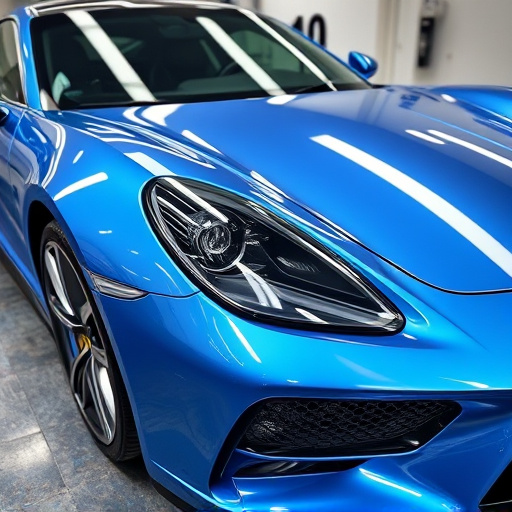
After auto body panel replacement, prevent rust through meticulous preparation: cleaning, priming, u…….
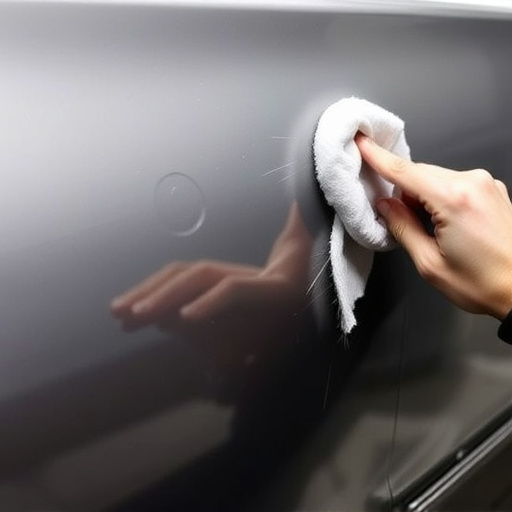
Before auto body panel replacement, conduct a thorough damage assessment to distinguish between comp…….
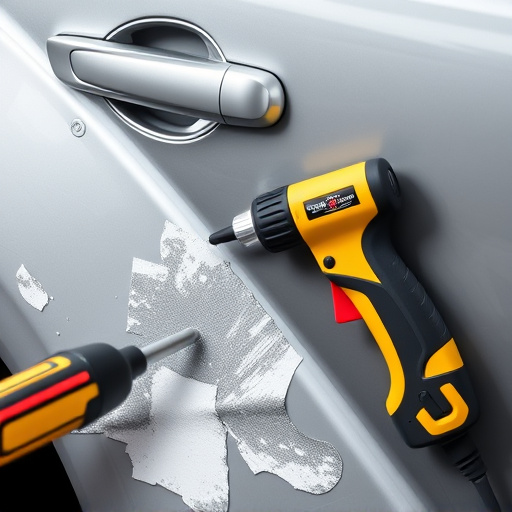
Technicians meticulously measure and study vehicle dimensions using advanced tools like laser scanne…….
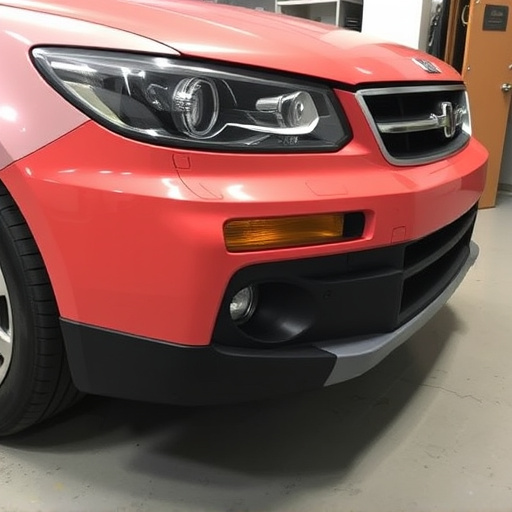
After an auto body panel replacement, understanding rust causes is key to long-term vehicle health……..
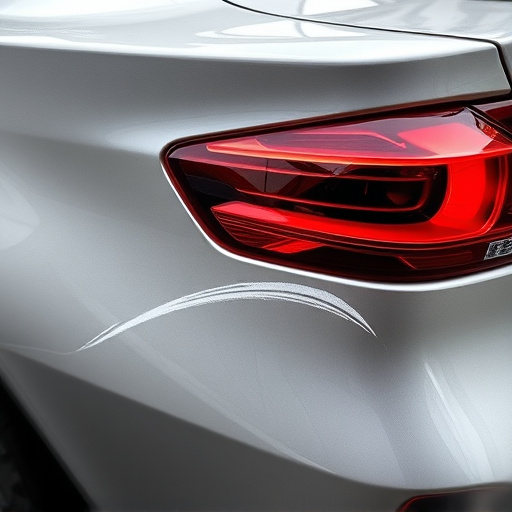
A final quality check is crucial after auto body panel replacement to ensure structural integrity, s…….
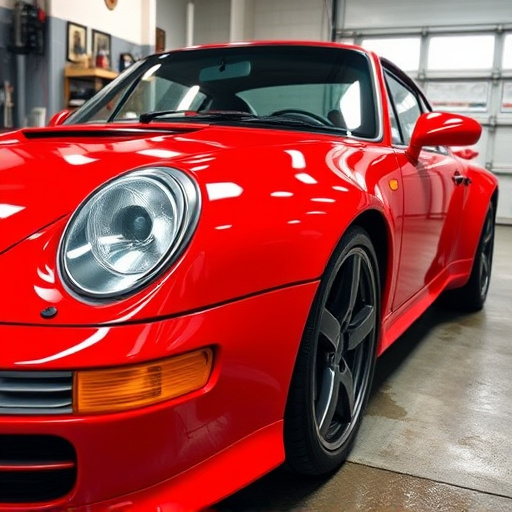
Car accidents cause various damages, requiring auto body panel replacement for safety and aesthetic…….
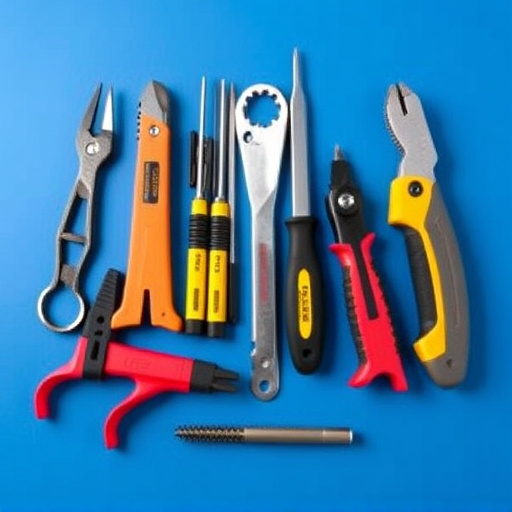
Panel bonding, involving specialized adhesives for seamless auto body panel repairs, is a key proces…….
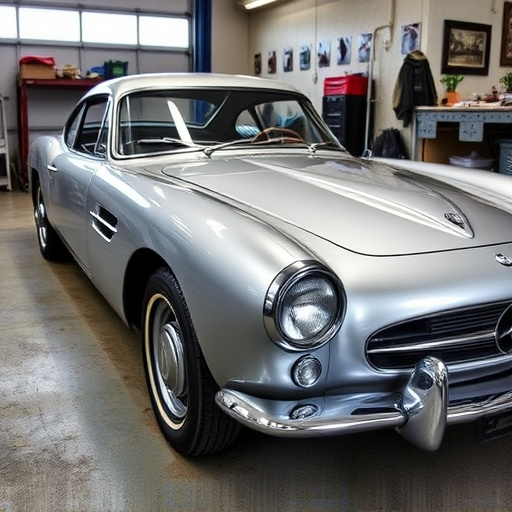
Auto body panel replacement requires precise measurements and specialized tools for accurate cuts an…….
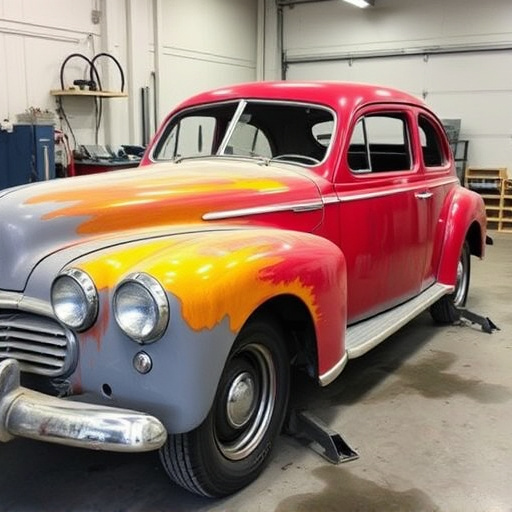
Mastering panel bonding in auto body panel replacement combines adhesive, mechanical fastening, and…….